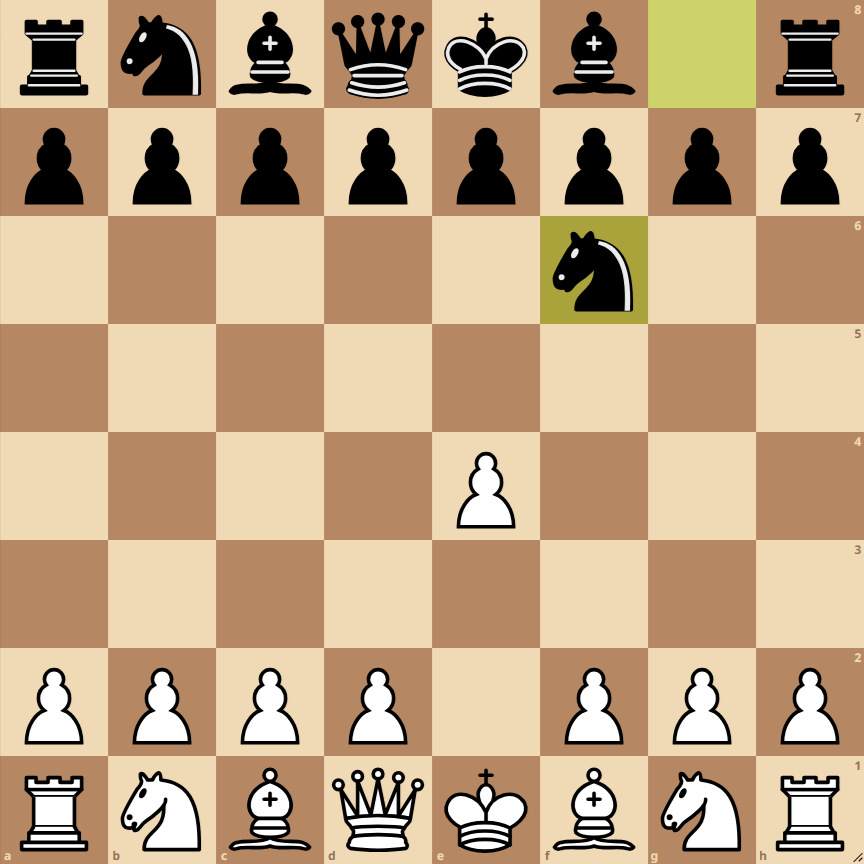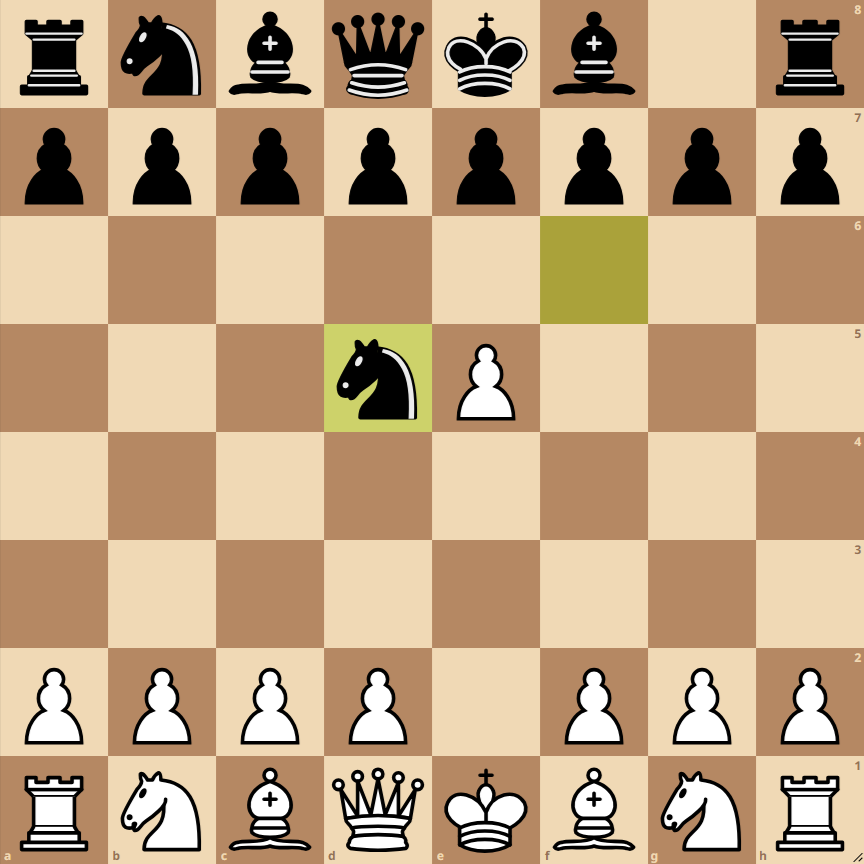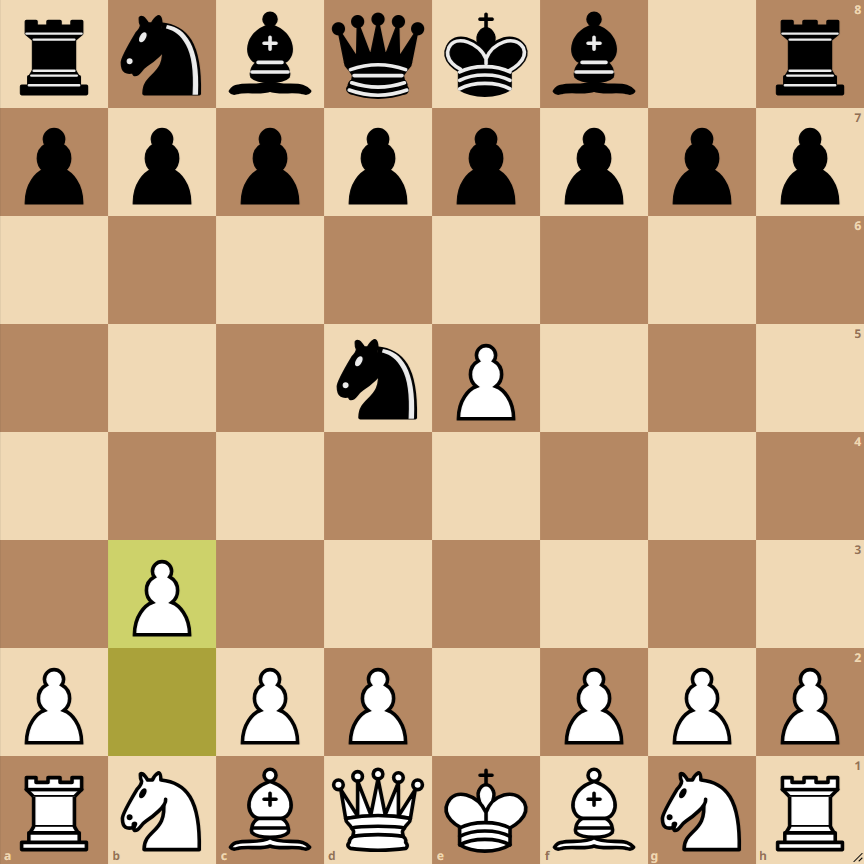How to Play the Alekhine Defense Welling Variation


The Alekhine Defense, starting with the moves 1.e4 Nf6, is a chess opening that directly challenges White’s central control. The Welling Variation is characterized by an unusual and creative game, starting with the following moves:
- 1. e4: White advances their king’s pawn two squares, aiming to control the center and prepare the development of their pieces.
- Nf6: Black responds by moving the knight to f6, attacking the pawn on e4 and challenging White’s central control.
- e5: White advances their pawn one square further, displacing the black knight and gaining more space in the center.
- Nd5: The black knight retreats to d5, maintaining pressure in the center and preparing for future development.
- b3: This move introduces the Welling Variation, where White prepares to fianchetto their queen’s bishop, aiming to control central squares from the flank.
Variations of the Alekhine Defense Welling Variation
In addition to the main line, there are several interesting variations that can arise from the initial position of the Alekhine Defense Welling Variation:
1. Classical Variation
In the Classical Variation, after 1.e4 Nf6, White plays 2.d4 instead of e5, aiming for a more traditional control of the center.
2. Four Pawns Variation
This aggressive variation occurs with 1.e4 Nf6 2.e5 Nd5 3.d4 d6 4.c4 Nb6 5.f4, where White occupies the center with four pawns, aiming for strong spatial control.
3. Scandinavian Variation
The Scandinavian Variation is characterized by the response 1.e4 Nf6 2.e5 Nd5 3.c4 Nb6 4.d4 d6, similar to the Scandinavian opening but reaching it through the Alekhine Defense.

